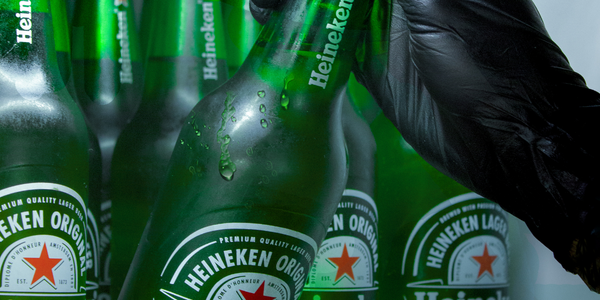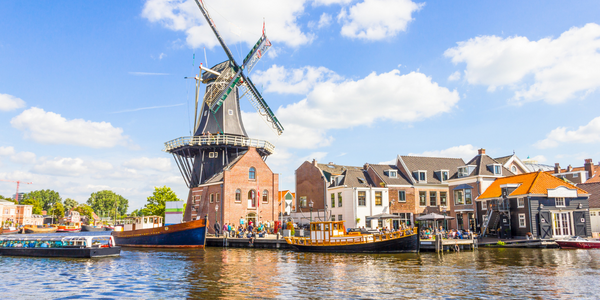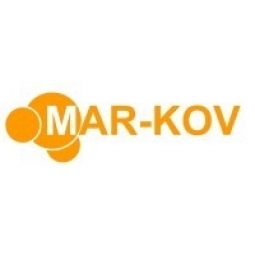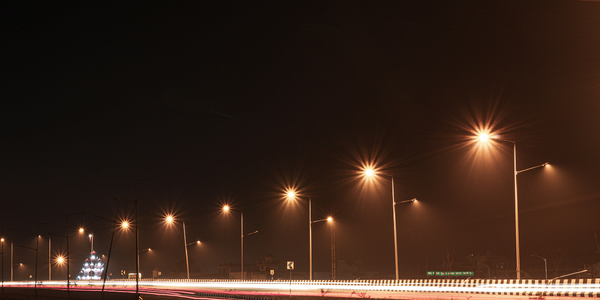Technology Category
- Application Infrastructure & Middleware - Event-Driven Application
- Functional Applications - Manufacturing Execution Systems (MES)
Applicable Industries
- Cities & Municipalities
- Food & Beverage
Applicable Functions
- Quality Assurance
Use Cases
- Additive Manufacturing
- Smart City Operations
Services
- Testing & Certification
About The Customer
City View Green is a company that specializes in the production of edibles. The company operates in a highly regulated industry and is required to comply with federal controlled substances regulations. City View Green needed a software solution that would help them meet these stringent regulations, expedite their time to market, and ensure product consistency. The company also needed to obtain a cannabis license to start production, a process that could be delayed by costly application errors. City View Green was also under pressure to control costs, particularly those associated with custom software solutions and the need for a full-time, long-term IT team for maintenance and updates.
The Challenge
City View Green, a company specializing in the production of edibles, faced a significant challenge in complying with federal controlled substances regulations and supporting their food production. The company needed a software solution that would not only help them meet these stringent regulations but also expedite their time to market. The company was also under pressure to obtain a cannabis license to start production, a process that could be delayed by costly application errors. Furthermore, the company needed to ensure product consistency, a critical factor in an industry where customers and consumers demand uniformity in the effects of the products. The challenge was further compounded by the high costs associated with custom software solutions, which also required a full-time, long-term IT team for maintenance and updates.
The Solution
City View Green turned to Mar-Kov’s off-the-shelf batch control software to address their challenges. The software provided the core capabilities and controlled substance expertise that City View Green needed, significantly reducing the likelihood of costly licensing application errors and related delays. The software also ensured full traceability and electronic batch records for all production, making it fully compliant for cannabis and food manufacturing. Mar-Kov’s software was configured to City View Green’s specific processes and requirements, ensuring functionality across the company’s operations. The software also provided detailed documentation needed for the license application, freeing up City View Green’s resources and saving valuable time. Mar-Kov’s software also ensured traceability and transparency, setting out and tracking good operating practices and standard operating procedures designed to ensure food safety and protect it from contamination.
Operational Impact
Quantitative Benefit

Case Study missing?
Start adding your own!
Register with your work email and create a new case study profile for your business.
Related Case Studies.

Case Study
Turning A Stadium Into A Smart Building
Honeywell created what it called the “intelligent system” for the National Stadium in Beijing, China, turning the venue for the opening and closing events at the 2008 Summer Olympics into a “smart building.” Designed by highly controversial artist Ai Weiwei, the “Bird’s Nest” remains one of the most impressive feats of stadium architecture in the world. The 250,000 square meter structure housed more than 100,000 athletes and spectators at a time. To accommodate such capacity, China turned to Honeywell’s EBI Integrated Building Management System to create an integrated “intelligent system” for improved building security, safety and energy efficiency.

Case Study
The Kellogg Company
Kellogg keeps a close eye on its trade spend, analyzing large volumes of data and running complex simulations to predict which promotional activities will be the most effective. Kellogg needed to decrease the trade spend but its traditional relational database on premises could not keep up with the pace of demand.
.png)
Case Study
Smart Street Light Network (Copenhagen)
Key stakeholders are taking a comprehensive approach to rethinking smart city innovation. City leaders have collaborated through partnerships involving government, research institutions and solution providers. The Copenhagen Solutions Lab is one of the leading organizations at the forefront of this movement. By bringing together manufacturers with municipal buyers, the Copenhagen Solutions Lab has catalyzed the development and deployment of next-generation smart city innovations. Copenhagen is leveraging this unique approach to accelerate the implementation of smart city solutions. One of the primary focus areas is LED street lighting.

Case Study
HEINEKEN Uses the Cloud to Reach 10.5 Million Consumers
For 2012 campaign, the Bond promotion, it planned to launch the campaign at the same time everywhere on the planet. That created unprecedented challenges for HEINEKEN—nowhere more so than in its technology operation. The primary digital content for the campaign was a 100-megabyte movie that had to play flawlessly for millions of viewers worldwide. After all, Bond never fails. No one was going to tolerate a technology failure that might bruise his brand.Previously, HEINEKEN had supported digital media at its outsourced datacenter. But that datacenter lacked the computing resources HEINEKEN needed, and building them—especially to support peak traffic that would total millions of simultaneous hits—would have been both time-consuming and expensive. Nor would it have provided the geographic reach that HEINEKEN needed to minimize latency worldwide.

Case Study
Buoy Status Monitoring with LoRa
The Netherlands are well-known for their inland waterways, canals, sluices and of course port activities. The Dutch Ministry of Infrastructure indicates that there are thousands of buoys and fixed items in and near water environments that would profit from IoT monitoring. One of the problems with buoys for example, is that they get hit by ships and the anchor cable breaks. Without connectivity, it takes quite some time to find out that something has happened with that buoy. Not to mention the costs of renting a boat to go to the buoy to fix it. Another important issue, is that there is no real-time monitoring of the buoys at this moment. Only by physically visiting the object on the water, one gains insight in its status.








